Table of Contents
ToggleReplacing Metal Halide with LED Lights
Replacing old metal halide (MH) lights with energy-efficient LED lights has become a common practice due to the numerous benefits offered by LED technology. Transitioning from metal halide to LED is feasible, and it can lead to significant improvements in both lighting quality and energy consumption. Here’s an overview of what this replacement entails, including the advantages and challenges involved.
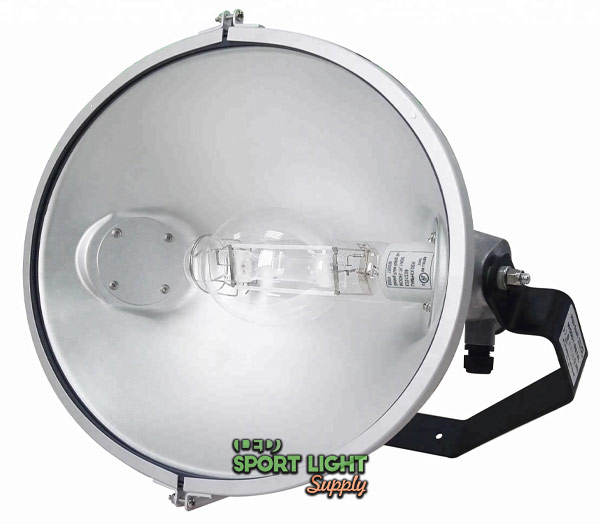
Types of LED Lighting Solutions
When replacing metal halide lights, particularly those with a power rating of 1000 watts, several LED options are available for both indoor and outdoor use:
Linear LED Floodlights
Linear LED floodlights are an excellent choice for replacing old watertight ceiling lights found on busways. They offer reduced power consumption and enhanced light output, making them suitable for various conditions. These lights provide adequate illumination and are especially effective in spaces that require consistent and bright lighting.
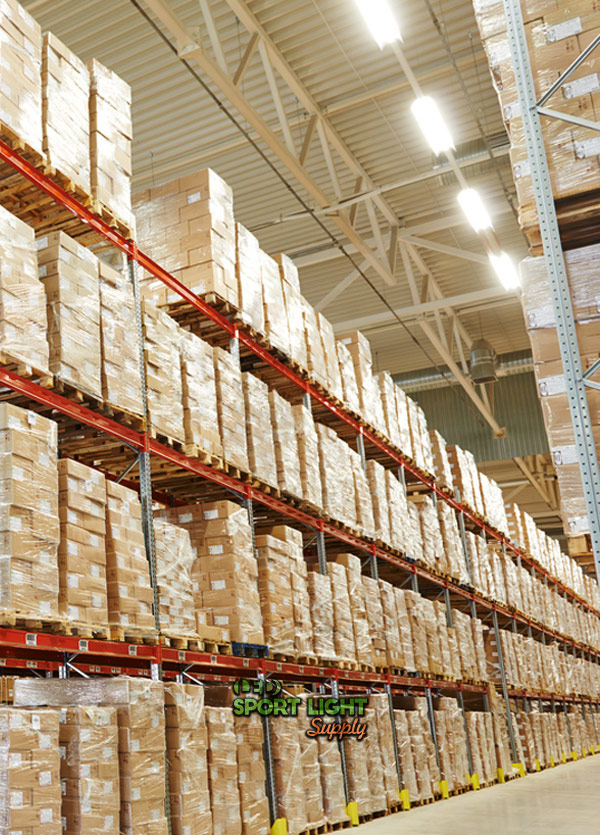
Industrial LED Lamps
Industrial LED lamps, often referred to as UFO high bay lights, are designed to replace traditional high-intensity discharge (HID) fixtures. These lamps are highly efficient and offer substantial energy savings. Available in various wattages, typically from 200 to 400 watts, newer models are being developed to meet evolving power requirements. Industrial LED lamps are commonly used in sports facilities, warehouses, and grow rooms, where high light output is crucial.
LED Bulbs with E27 or E40 Sockets
LED bulbs with E27 or E40 sockets are designed to replace metal halide bulbs ranging from 250 to 1000 watts. To install these LED bulbs, it is necessary to rewire the existing fixtures or use a retrofit model that includes a driver. The driver is an essential component that connects to the power supply and ensures the proper functioning of the LED bulb. Installation instructions typically accompany these retrofit models to guide users through the process.
Advantages and Disadvantages
The following table outlines the key advantages and disadvantages of replacing metal halide lights with LED lights:
| Pros | Cons |
|---|---|
| LED lights are highly energy-efficient. | Rewiring may be required or professional help may be needed. |
| There is a wide variety of LED models available. | Converting multiple metal halide bulbs can be time-consuming. |
| Advances in technology have led to improved features and longer lifespans for LED lights. |
What is the LED Equivalent for a 1000W Metal Halide?
When considering a replacement for a 1000-watt metal halide (MH) bulb, it’s crucial to focus on the lumen output of the LED light to ensure you achieve equivalent brightness. The lumen output measures the total amount of visible light emitted by a light source, and it is the primary factor in maintaining consistent illumination when switching from metal halide to LED.
Determining the LED Equivalent
To replace a 1000W metal halide with an LED light, you should select an LED fixture that provides a similar lumen output. The goal is to match the light intensity of the original metal halide lamp to maintain the same level of brightness in your space.
Lumen Output Comparison
A 1000W metal halide bulb typically produces between 80,000 and 100,000 lumens. Therefore, to achieve similar brightness with an LED, you should look for an LED fixture that offers a comparable lumen output. In general, LED lights designed to replace 1000W metal halide bulbs fall within the range of 250W to 400W LED fixtures.
Adjusting for Brightness
If you need to increase the brightness beyond what the 1000W metal halide provided, you can choose an LED light with up to 10% to 20% more lumens than the original MH bulb. This will ensure that you meet or exceed the previous light levels and accommodate any additional lighting requirements.
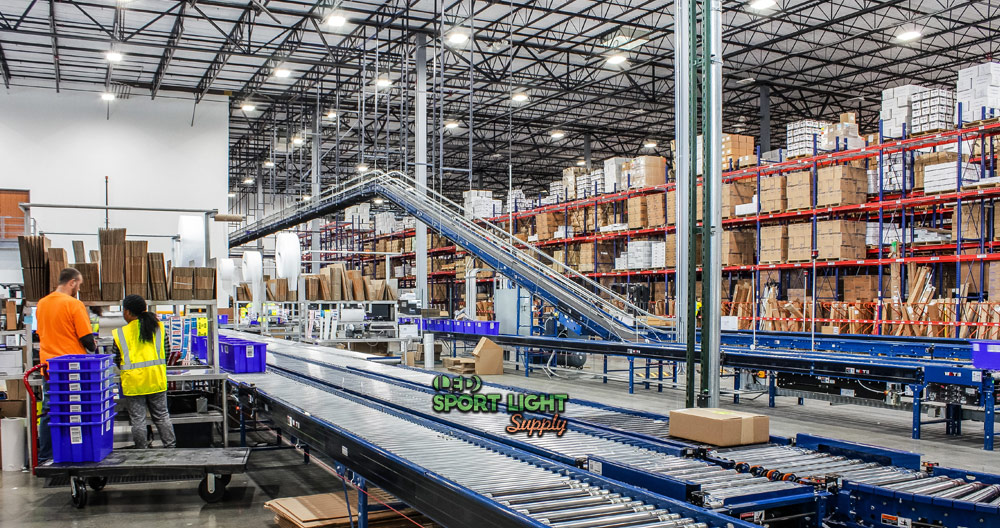
Tips for Installing a 1000W Metal Halide LED Replacement
Replacing a 1000W metal halide (MH) bulb with an LED equivalent involves several important steps to ensure that the new lighting performs optimally and fits well with existing fixtures. Here’s a detailed guide on how to approach this installation.
Selecting the Right Lumen Output
When choosing an LED replacement for a 1000W metal halide bulb, it is crucial to match the lumen output to maintain consistent brightness. Lumen output measures the total amount of light emitted by the fixture, which is essential for achieving the same level of illumination. To find the best LED replacement, start by identifying the lumen output of both the 1000W metal halide and the LED options. This information is typically available on the product specification sheet or the manufacturer’s catalog.
Calculate the lumen per watt ratio to evaluate the energy efficiency of the LED options. This ratio is found by dividing the lumen output by the wattage of the LED fixture. A higher lumen per watt value indicates a more efficient light source. Choose an LED fixture that provides a lumen output similar to that of the 1000W metal halide. If increased brightness is needed, select an LED with up to 10% to 20% more lumens than the original metal halide bulb.
Matching the Screw Base

Ensure that the LED replacement has a compatible screw base with the existing lamp holder. The screw base is crucial as it holds the lighting fixture securely in place. If you are installing a retrofit, it is usually straightforward to find a compatible screw base. However, if you plan to keep the existing housing, ensure that the LED replacement has the same screw base size as the original metal halide bulb.
For example, if the metal halide bulb has a mogul screw base, such as E39 or E40, you need an LED with the same base size. In other cases, a medium screw base like E26 or E27 may be required. Selecting the correct screw base size is essential to avoid additional modifications or installations.
Choosing the Right Color Temperature
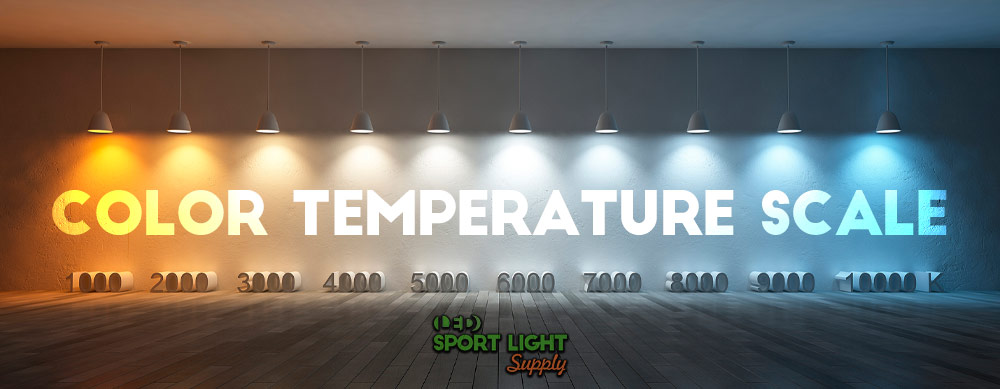
Color temperature affects the hue of the light emitted by the bulb, measured in degrees Kelvin (K). The choice of color temperature is important for achieving the desired lighting effect in different applications.
Cold light, with a color temperature of 5,000K to 6,500K, has a bluish hue and is ideal for environments such as sports arenas and grow rooms. This light enhances focus and supports plant growth during the vegetative phase. Neutral light, ranging from 4,000K to 5,000K, mimics natural daylight and is appreciated for reducing eye strain and providing comfortable lighting. Warm light, around 3,000K, emits a yellowish hue, which is suitable for residential environments and the flowering phase of plant growth.
Considering the Beam Angle
The beam angle of an LED light determines how the light spreads across an area. A narrower beam angle results in a more focused and intense light, while a wider beam angle provides broader illumination with less intensity.
For very focused light, such as in theaters or museums, choose a beam angle between 10 and 20 degrees. This provides intense lighting for specific areas or objects. A standard floodlight beam angle of 20 to 60 degrees is suitable for general illumination in spaces like shops and homes, offering a soft and wide distribution of light. For large spaces, such as offices and warehouses, a beam angle of over 60 degrees is ideal, as it provides a wide spread of light.
Bypassing the Ballast
LED lights do not require a ballast, which means you need to bypass and remove the existing ballast when installing an LED replacement. The ballast and starter are components used in metal halide systems that must be removed to ensure proper LED function.
Before beginning the removal process, turn off the power to the lighting system. Remove the ballast by cutting the wires connected to it and taking it out of the fixture. Leave some wire length if you plan to repurpose the ballast. After removing the ballast, secure the LED driver and complete the necessary wiring according to the manufacturer’s instructions.
Checking AC Power Supply Voltage
Ensure that the power supply voltage matches the requirements of the new LED fixture. Mismatched power supply can lead to performance issues or damage to the LED lights. Verify the voltage and current ratings of your existing system to confirm compatibility with the LED lights. Additionally, select flicker-free LED fixtures if you need to comply with specific lighting standards, such as those for sports lighting, to avoid issues related to flickering.
By carefully considering these factors, you can effectively install a 1000W metal halide LED replacement, ensuring that the new lighting system meets your needs for brightness, efficiency, and performance.
Applications of 1000W Equivalent LED Lights
Parking Lot Lights
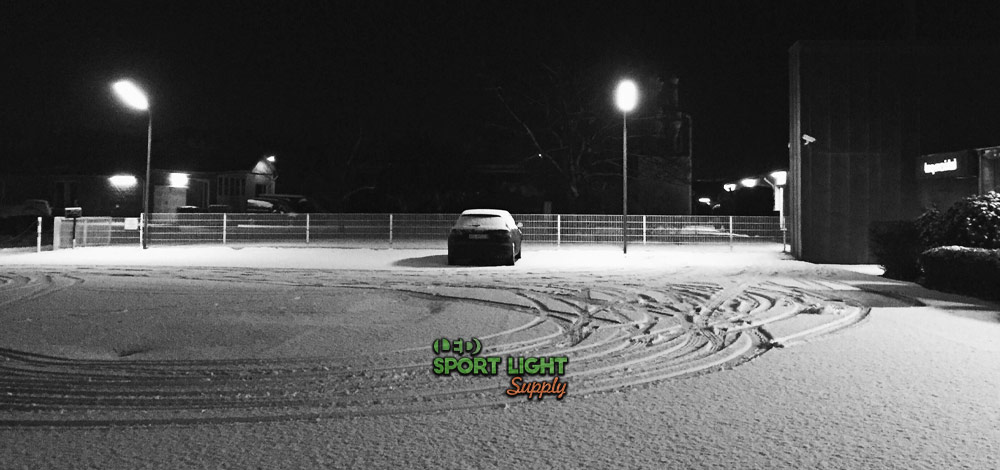
Lighting in parking lots plays a crucial role in ensuring safety and security. Effective illumination not only enhances visibility for drivers and pedestrians but also supports the functionality of surveillance cameras. Modern LED lighting solutions have gained popularity due to their energy efficiency and environmental benefits. Companies increasingly adopt LED technology to provide reliable visibility and safety for employees and visitors while reducing energy consumption and operational costs.
LED Flood Lights
Indoor environments such as warehouses and laboratories often face challenges with orientation and visibility. Adequate lighting is essential to ensure that signage, vehicles, pathways, entrances, elevators, and stairs are clearly visible, particularly in emergency situations. A 1000W metal halide LED replacement can deliver optimal luminance for these spaces. Modern LED flood lights offer advanced features such as adjustable light intensity, automatic on/off control via proximity sensors, customizable color temperature, and dimming options. These capabilities enhance safety and operational efficiency in various settings.
Sports Field Lighting
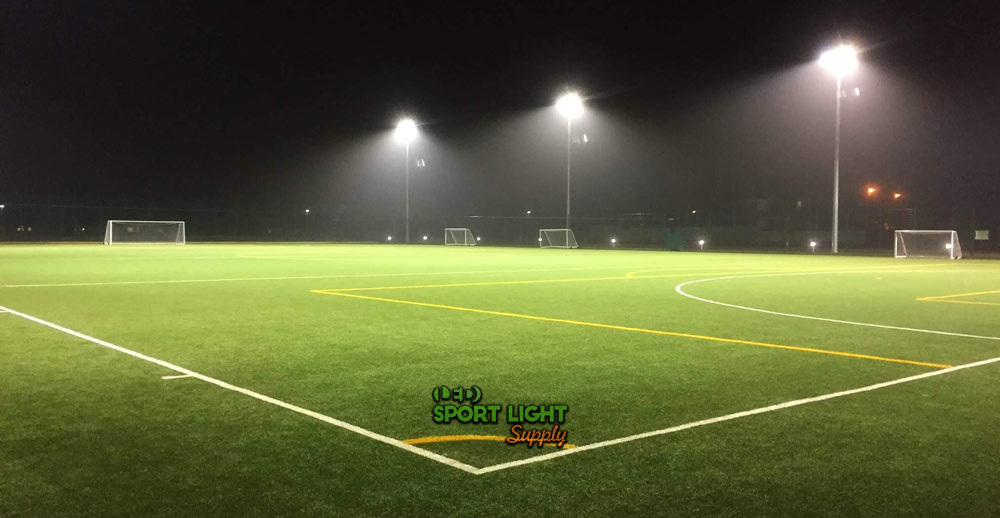
High-power LED lights have become standard in modern sports facilities, including tennis courts, soccer fields, and cricket ovals. Traditional 1000W metal halide lights are known for their high energy consumption, excessive heat, and maintenance requirements. Upgrading to LED lighting not only reduces energy costs but also minimizes maintenance needs and enhances performance. Stadium owners often start by installing LED retrofits before undertaking a comprehensive lighting overhaul. This investment improves the overall quality of lighting while reducing long-term expenses.
High Bay Grow Lights
In the cannabis industry, high bay grow lights are crucial for optimal crop production. Metal halide lamps, known for their high Color Rendering Index (CRI) and color temperature suited for the flowering phase, have traditionally been used. However, metal halide bulbs consume significant power and face issues like overheating and shorter lifespan. Switching to LED high bay grow lights addresses these problems by providing better efficiency, longer life, and stable performance without the high pressure and heat associated with metal halide lamps.
Power Consumption of 1000W Metal Halide Lights
A 1000W metal halide bulb typically consumes more power than its nominal rating, with actual power usage ranging from 1.05 to 1.1 times higher. This discrepancy is due to the ignition process, where the starter provides a voltage spike between 0.75 and 5 kV. Metal halide lamps also require a warm-up period of 2 to 15 minutes to reach full lumen output, during which the light intensity fluctuates. This warm-up time means that the bulb needs to be activated before its maximum light output is needed.
Permit Requirements for Replacing 1000W Metal Halide Lights
In most cases, a permit is not required to replace a 1000W metal halide bulb with an LED equivalent. However, if the replacement involves modifications to the power grid or if it occurs in a regulated environment such as a company lab, obtaining a permit may be necessary. It is advisable to check with the relevant authorities or management before proceeding with the installation. While LEDs generally do not pose health risks, individuals sensitive to certain light conditions should consider potential effects. If permitted by those responsible for the installation, replacing metal halide lights with LED options can be a cost-effective and efficient solution.
Conclusion
Replacing 1000W metal halide lights with LED equivalents offers significant benefits across various applications. LEDs provide enhanced safety, energy efficiency, and reduced maintenance in parking lots, indoor floodlights, sports fields, and grow rooms. They also address issues such as high power consumption and overheating associated with metal halide lamps. While permit requirements are generally minimal, it’s essential to verify any specific regulations for your installation. Transitioning to LED lighting not only improves illumination quality but also contributes to long-term cost savings and operational efficiency.
